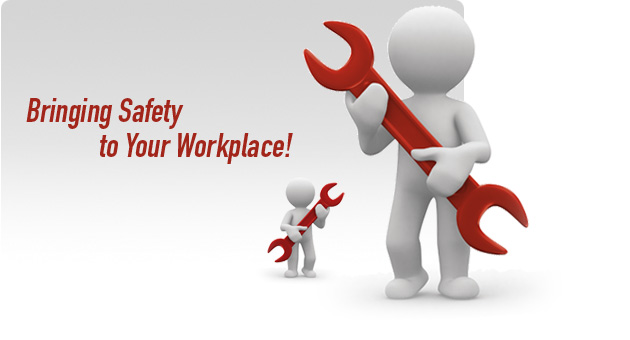The risks associated with handling and storing material in the laboratory can be significantly minimised by following a few basic guidelines that are mentioned in the Fire and safety Course in Chennai.
- Containers should be labeled with the date, month, and year they were first opened and received. This is expected for organic peroxide-forming materials and recommended for all others.
- Chemical storage should be limited to only certain substances that would be regularly used in laboratories. The doors to the laboratory should be kept shut at all times.
- If workers have not been qualified to use chemicals or tools, they should not use them.
- For work with specific chemical hazards, follow the chemical storage guidelines suggested by NEBOSH Course in Chennai.
Chemical Safety Guidelines in General –
- Large bottles of acids should be kept in acid cabinets or a cabinet called “corrosives” on low shelves or trays as implied by the modules of the IOSH Course in Chennai.
- Distinguish between oxidising and organic acids, as well as flammable and combustible products.
- Separate acids from bases, as well as active metals like sodium, potassium, and magnesium, and other incompatible substances.
- To carry acid bottles, use bottle carriers or a cart.
- In the event of a spill, have spill prevention pillows or acid neutralizers on hand. To neutralise an acid spill, do not use bases.
The bases
- Distinguish bases from acids and other incompatible substances.
- Big bottles of liquid bases should be held on trays in a cabinet labelled “Bases” or “Corrosives.”
- Inorganic hydroxide solutions should be held in polyethylene tanks.
- For caustic spills, have spill prevention pillows or caustic neutralizers on hand. Acids should not be used to neutralise base spills.
Combustibles
- Flammable liquids can only be kept in a specially designed flammable-safe refrigerator or flammables cabinet.
- Keep a safe distance from ignition sources.
- Make sure you have fire extinguishers and spill-control devices on hand.
- Keep a Class-D fire extinguisher on hand for flammable metals. For more details, look up “fire extinguishers.”
- Oxidizers are substances that reduce the amount of oxygen in the air.
- Keep in a cool, dry place.
- Keep it away from flammable and combustible materials like paper and wood.
Chemicals that make peroxide
- When the container is obtained and when it is opened, put a date on it.
- Keep in an airtight container in a dim, cool, and dry place.
- As required, use sufficient indicator strips to check for the formation of peroxides in the container.
- Peroxide-forming chemicals should be disposed of before the expiration date or one year after opening, whichever comes first.
Gases in Compression
- Many Safety Audit Consultants suggest you place the gases in a dry, upright spot.
- Person chain cylinders, 2/3 to 3/4 from the floor
- Replace the valve cap when not in use.
- Using a cylinder cart to carry.
- Before moving the cylinder, remove all manifolds and regulators, lock the valve cap, and chain or tie the cylinder to the cart.










No Comments